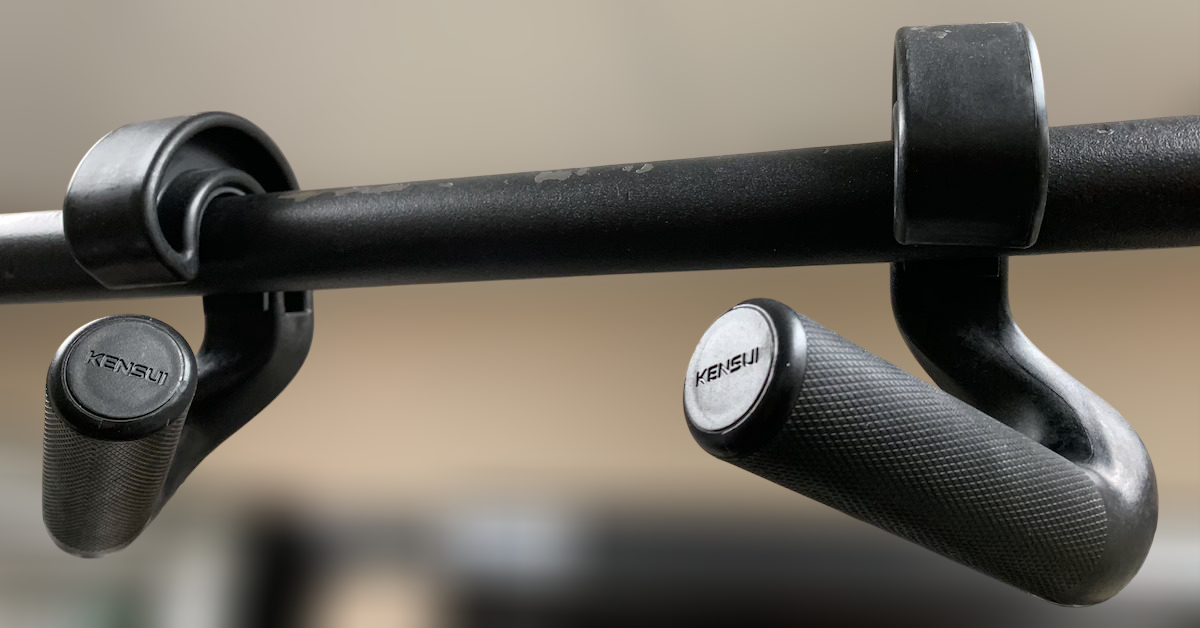The Controversy of Hydrogen Peroxide IV Drips
JP: What can you tell us about hydrogen peroxide IV drips?
Dr. S: This is a very controversial topic. Right now, there’s a big lawsuit in Florida where a woman allegedly died from hydrogen peroxide therapy, and her family is suing the physician. The American College of Advanced Medicine is fighting to protect the doctor.
Now, if you ask me whether hydrogen peroxide therapy is dangerous, I’d say no way! If administered properly, it won’t kill you—it’s actually a great way to eliminate bacteria in the body. Many of my colleagues swear by it.
Keep in mind that in the 1950s and ’60s, infections were treated with hydrogen peroxide therapy, and it worked extremely well.
JP: I’ve seen firsthand dramatic improvements in post-surgery healing from hydrogen peroxide drips. I swear by it as well.
Optimizing Post-Workout Recovery
JP: Do you have any suggestions to improve post-workout recovery?
Dr. S: Yes. I’ve been researching amino acids for various purposes, including cancer treatment, infertility, and, of course, recovery.
In one study, we took seven subjects and split them into two groups:
- Protocol A: Five subjects took free-form amino acids (FFAAs) pre- and post-workout as well as between meals.
- Protocol B: Two subjects took FFAAs only pre- and post-workout, but not between meals.
We measured several factors such as strength, energy levels, soreness, and appetite—indicators of recovery. We also established baseline values before the experiment to determine the impact.
And let me tell you—there was a big difference! The Protocol A group, which took FFAAs between meals, experienced significantly greater improvements across all measured parameters.
JP: Which FFAAs did you use, and at what dosage?
Dr. S: We used high-dose branched-chain amino acids (BCAAs) and all eight essential amino acids—no non-essential aminos.
The dosage was based on body weight in kilograms multiplied by 0.15, divided into multiple doses for Protocol A. Protocol B received half of their dose pre-workout and the other half post-workout.
That exact formula is now available on the market as Muscle Synthesis.
Finding the Right Balance of Omega Fats
JP: Without monthly blood tests, how can someone tell if they’re consuming too much omega-3 from fish oil? Also, should we consider taking additional omega-6 fats like GLA, or are the natural amounts in a typical diet sufficient?
Dr. S: Good question. First off, GLA (gamma-linolenic acid) is essential, and many people overlook it. GLA plays a key role in skin health—people with severely dry skin should take borage oil or evening primrose oil as a source of GLA.
Fats are necessary, but what people lack is balance among fats.
One useful metric is the omega-3 index, which measures the ratio of omega-3 to omega-6 fats in red blood cells. Research from Meridian Labs shows that an ideal omega-3 index is 4.7%, and those with a higher omega-3 index generally have better overall health scores.
Ultimately, we need a balance of omega-3, 6, and 9. While many people are deficient in omega-3s, that doesn’t mean they should ignore the others.
The Evolution of Fat Recommendations
I used to advocate a high polyunsaturated fat intake, but after further research, I no longer do.
Take corn oil, for example—when do you ever see oil dripping off corn in nature? Never. Yet, we extract it and consume large amounts of it!
And let’s not forget saturated fats. They occur naturally in many meats, but the problem is we eat the wrong type of saturated fat. Commercially raised meats often contain stored toxins because fat is where toxins accumulate. If you eat toxic meats, you’ll store toxins—you are what you eat.
Improving Fish Oil Absorption with GLA
Now, back to your original question—I’ve found that fish oil (EPA/DHA) absorbs better when combined with GLA. This is why blended formulas work better than straight fish oil. The body is smart—when given both fish oil and GLA, it absorbs what it needs most!
If you have skin problems, that’s often a sign of GLA deficiency. I typically recommend starting with 600 mg to 1 g of GLA and increasing as needed. You can still take fish oil, but at a separate time.
Also, borage oil in liquid form is a better GLA source than evening primrose oil. If your skin is really bad, combine borage oil and olive oil and apply it directly to your skin. Within 24 hours, you’ll see at least a 30% improvement—I guarantee it!
The Truth About Vitamin E Supplementation
JP: I read a study suggesting that excessive vitamin E intake (over 800 IUs) could inhibit tumor shrinkage and slow metabolism. Should this be a concern, especially since vitamin E helps counteract the pro-oxidant effects of fish oil?
Dr. S: Vitamin E is a complex—it consists of mixed tocopherols and tocotrienols. The study you mentioned only examined alpha-tocopherol, which is just one form of vitamin E.
Here’s the problem: In nature, vitamin E exists as a complex, and gamma-tocopherol is actually the most abundant form—not alpha-tocopherol.
So why do they use alpha-tocopherol in research? Because it’s cheaper! That study is flawed—I wouldn’t put much value in it.
Tomorrow in Part 6…
We’ll cover:
- The real reason protein bars exist—and healthier snack alternatives
- The benefits of red palm oil
- Red palms and feet—what do they indicate?
- The most important diagnosis for digestion
- Why finding the right probiotic is like searching for a needle in a haystack
- More insights on enzymes

Upgrade Your Pull-Ups with Swissies-SP Handles
Pull-ups are one of the best exercises for building back and arm strength—but not all pull-up bars are created equal.

No Time to Walk After a Meal? Do This Instead!
By now, most people know that getting in daily steps is essential for overall health. In particular, taking a short

Stay Fit on the Fly: No-Excuse Workouts for Travelers
One of the biggest challenges people face when traveling is maintaining their exercise routine. The two most common excuses? Lack
follow
Error: No feed with the ID 2 found.
Please go to the Instagram Feed settings page to create a feed.
